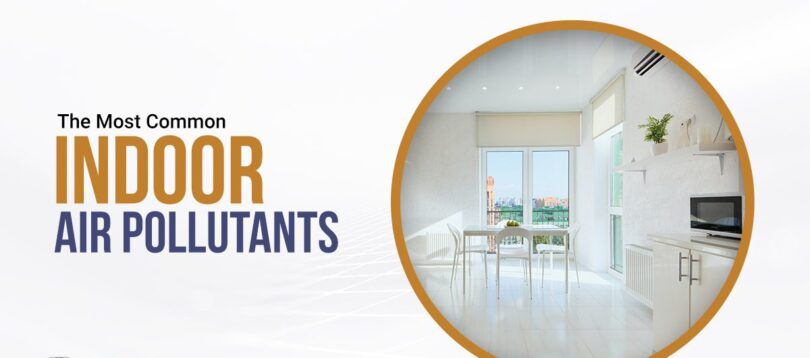Introduction:
To assess and enhance the air quality in your home or workplace, conducting an indoor air quality test is a prudent step. However, before embarking on such measures, it is crucial to comprehend the diverse types of common indoor air pollutants prevalent in the environment.
Monitoring air quality in your living or working space is essential for various reasons, including personal health, the well-being of pets, and the longevity of electronic devices. It is imperative to enlist the services of a reputable company in your area to ensure that the professionals dispatched possess the necessary qualifications for the task.
Common Types of Indoor Air Pollutants:
In residential environments, occupants may encounter a range of pollutants, such as mold, radon, second-hand tobacco smoke, asbestos fibers, lead dust, cockroaches, and fleas. Identifying and mitigating these pollutants is vital for maintaining a healthy indoor environment.
Biological Pollutants:
Biological pollutants, prevalent in today’s fast-paced world, can trigger allergies and asthma. They not only cause structural damage to homes or office buildings but can also contribute to cancer. Mold, dander, pollen, dust mites, and bacteria constitute common biological pollutants that enter indoor spaces through air vents and HVAC units. These contaminants settle on furniture and carpeting, spreading to other areas with foot traffic.
Chemical Pollutants:
Chemical pollutants, as defined by the EPA, encompass chemicals released into indoor spaces from cleaning products, personal care items, furniture, and flooring. Some of these pollutants pose health risks and can be life-threatening. Examples include volatile organic compounds (VOCs) like formaldehyde, released by paint, construction materials, carpeting, and various household items. Formaldehyde, with its distinct odor, is a prevalent indoor air pollutant found in new carpets and wall coverings. Additionally, lead, radon, and asbestos contribute to indoor air pollution.
Combustion Pollutants:
Similar to gases and vapors produced in car engines and home furnaces, combustion pollutants pose significant health risks. Carbon monoxide, nitrogen dioxide, sulfur dioxide, particulate matter, tobacco smoke, and other emissions from the burning of fossil fuels in power plants, refineries, factories, and vehicles fall under this category. Combustion pollutants are linked to serious health issues, including respiratory and cardiovascular diseases, with the potential to cause thousands of premature deaths annually, according to the Environmental Protection Agency (EPA).
Conclusion:
With an awareness of the most common indoor pollutants, individuals can take proactive steps to reduce exposure. For further insights into enhancing indoor air quality, please do not hesitate to contact us. We eagerly anticipate your inquiry and are ready to assist you in creating a healthier living or working environment.
If you are unsure about the air quality in your home or office, then you may want to consider taking the time to run a quality indoor air test. But before that, we need to understand the types of indoor air pollutants present in the air.
Disclosure: We may get commissions for purchases made through links in this post.








